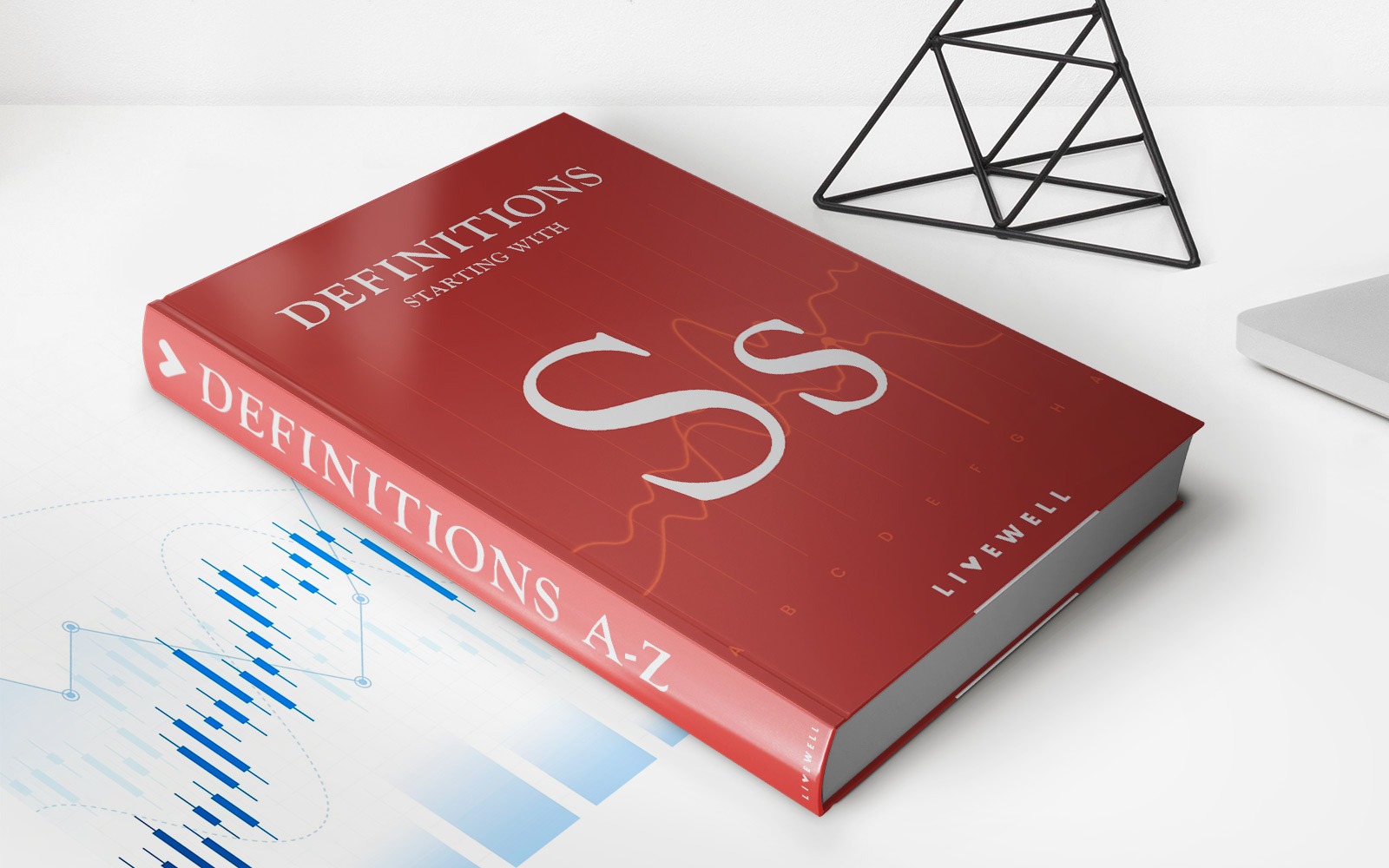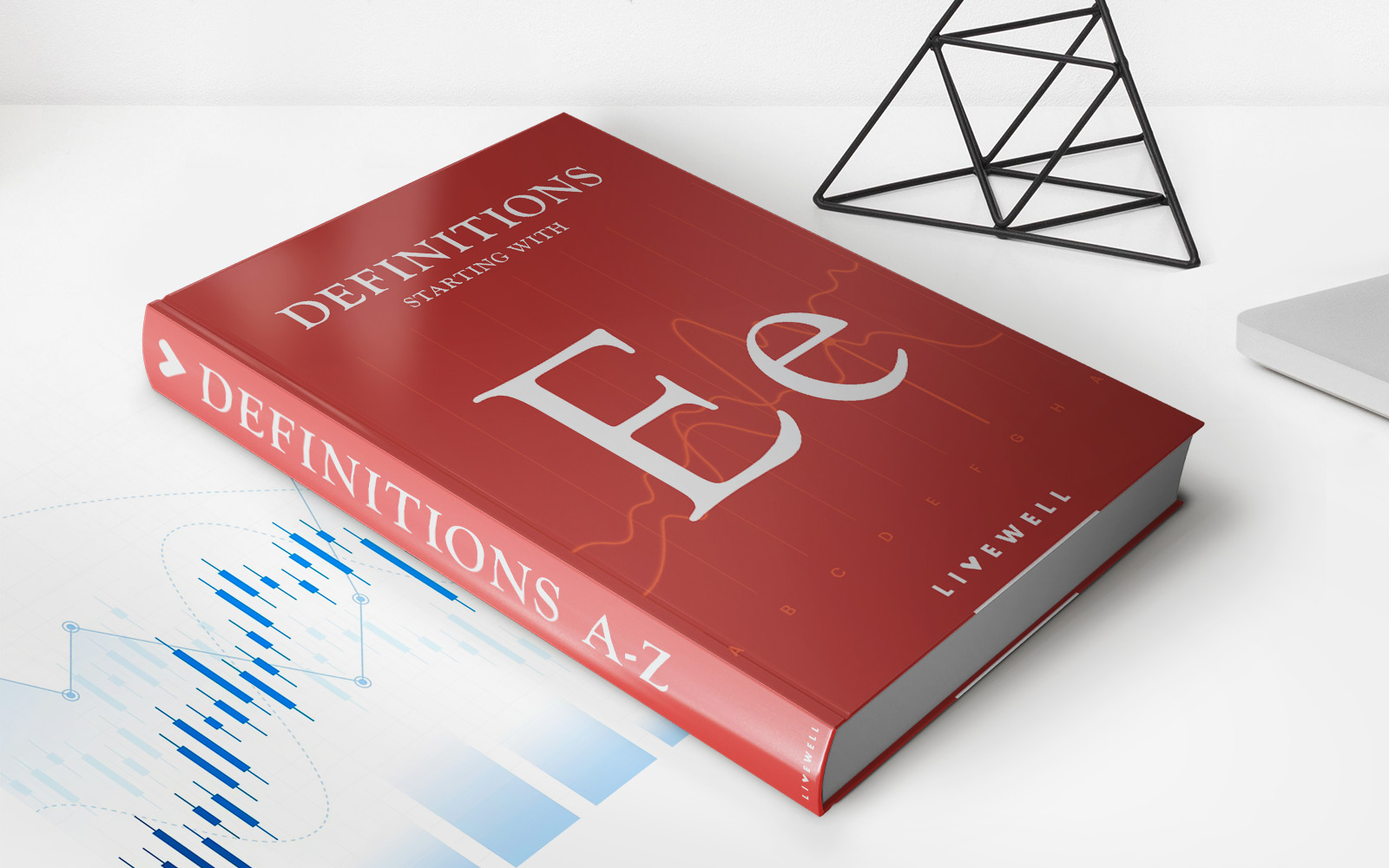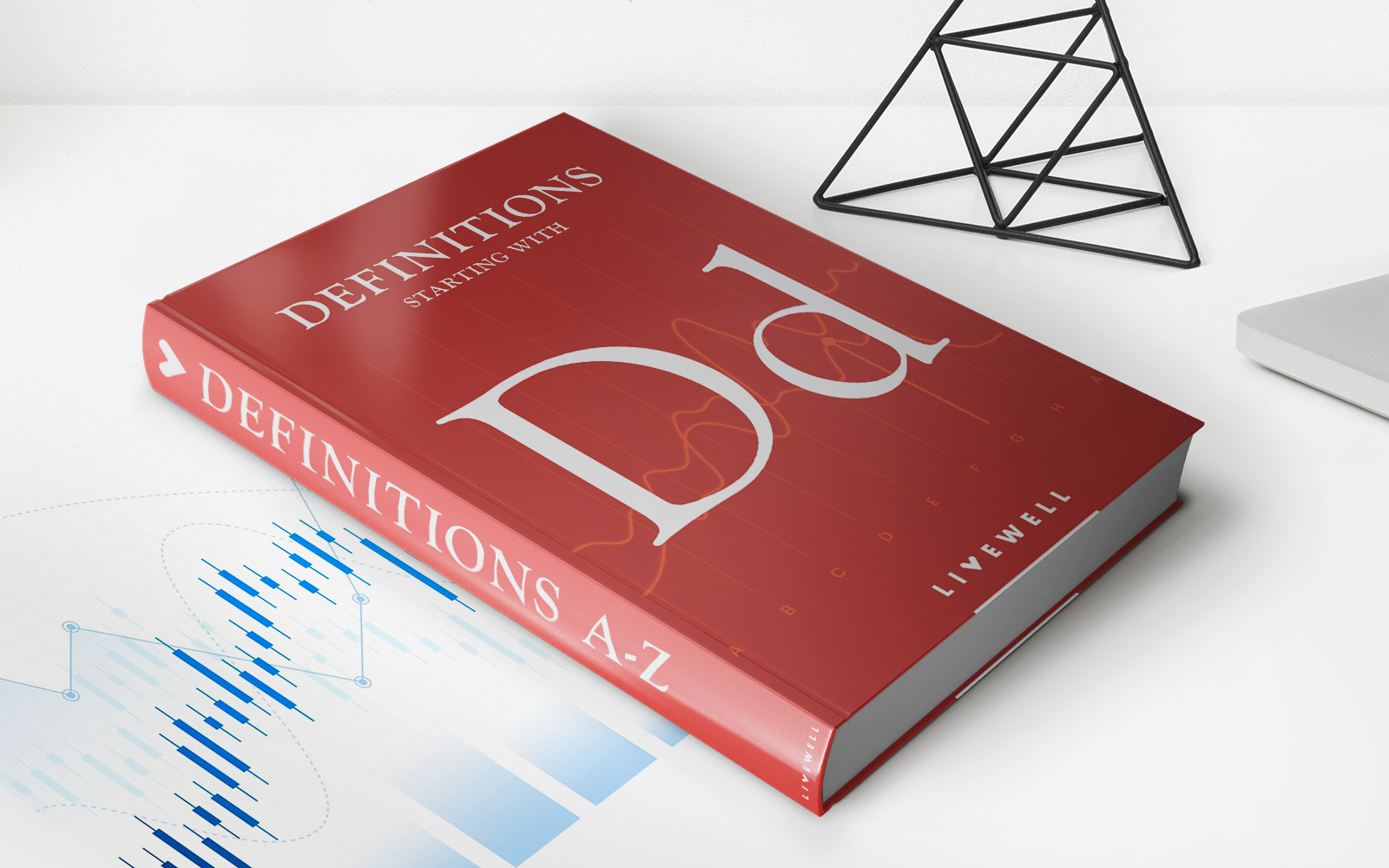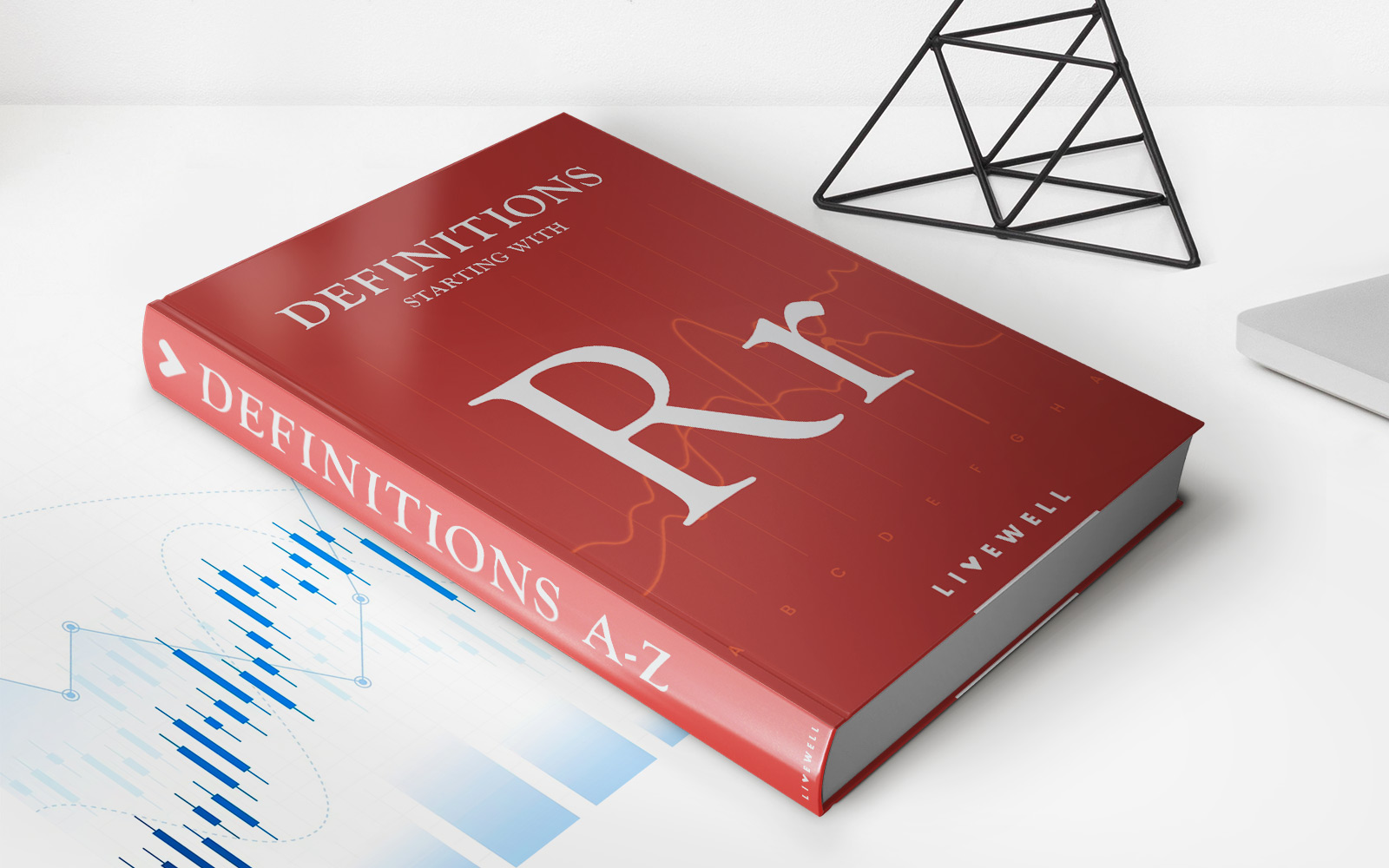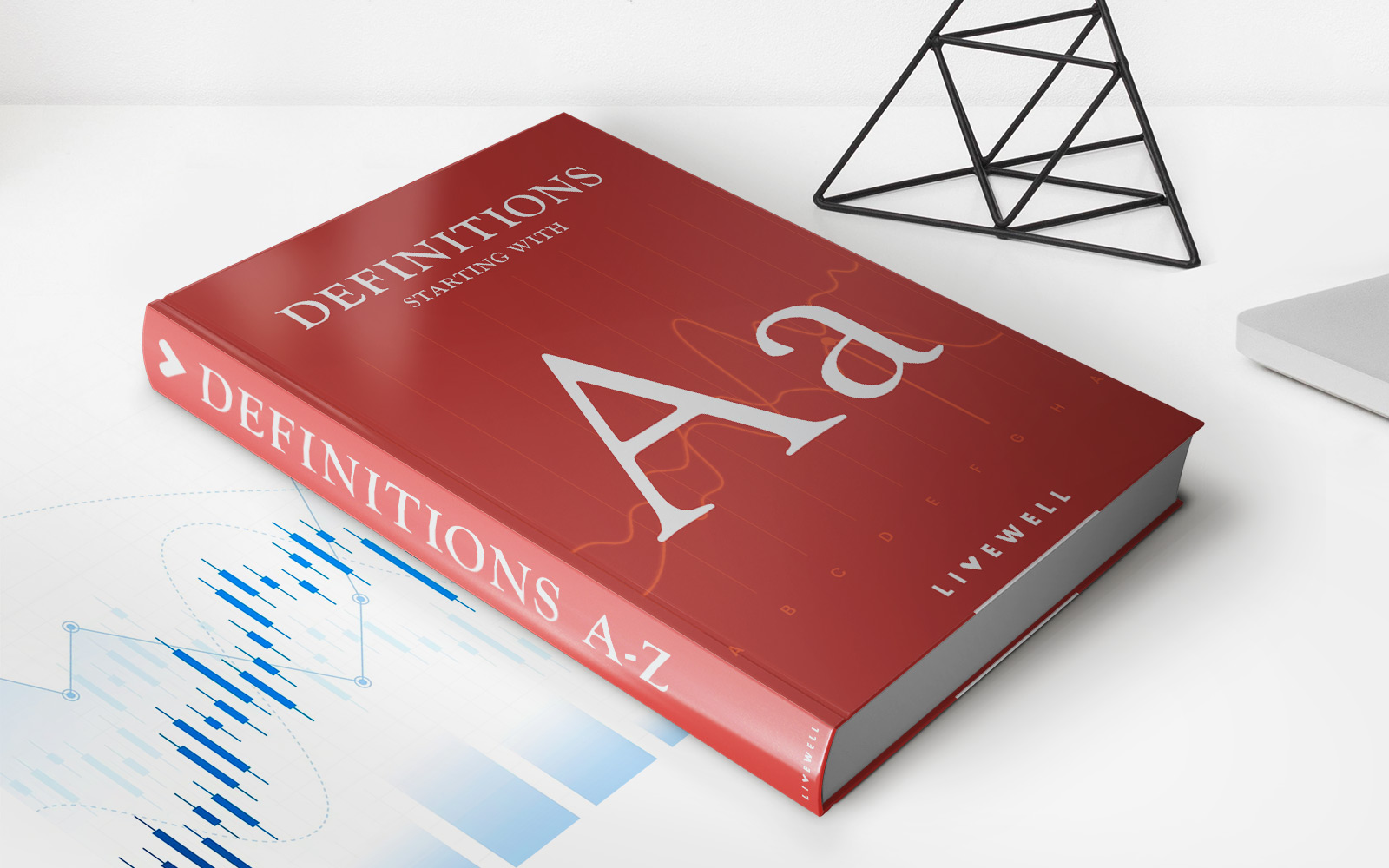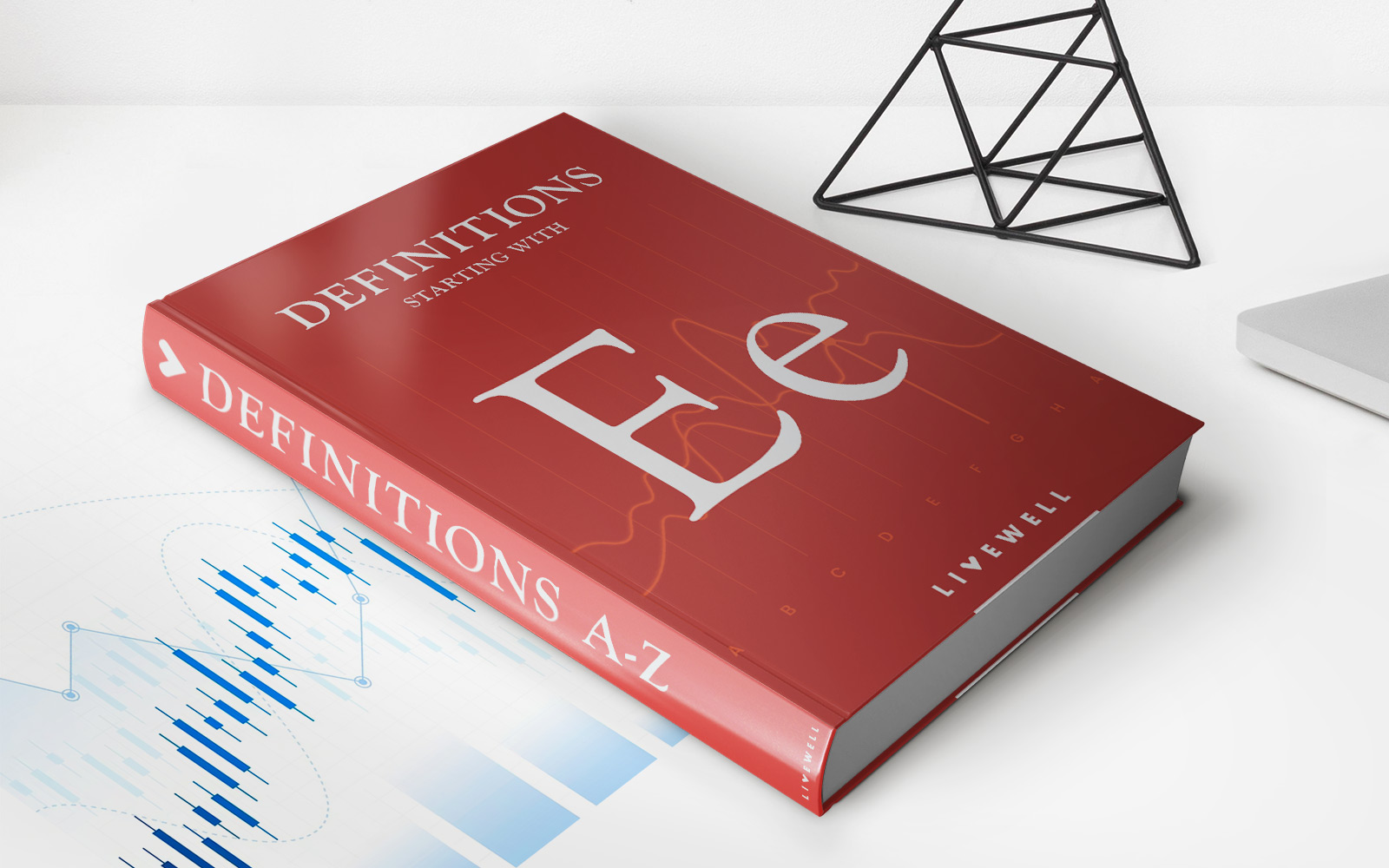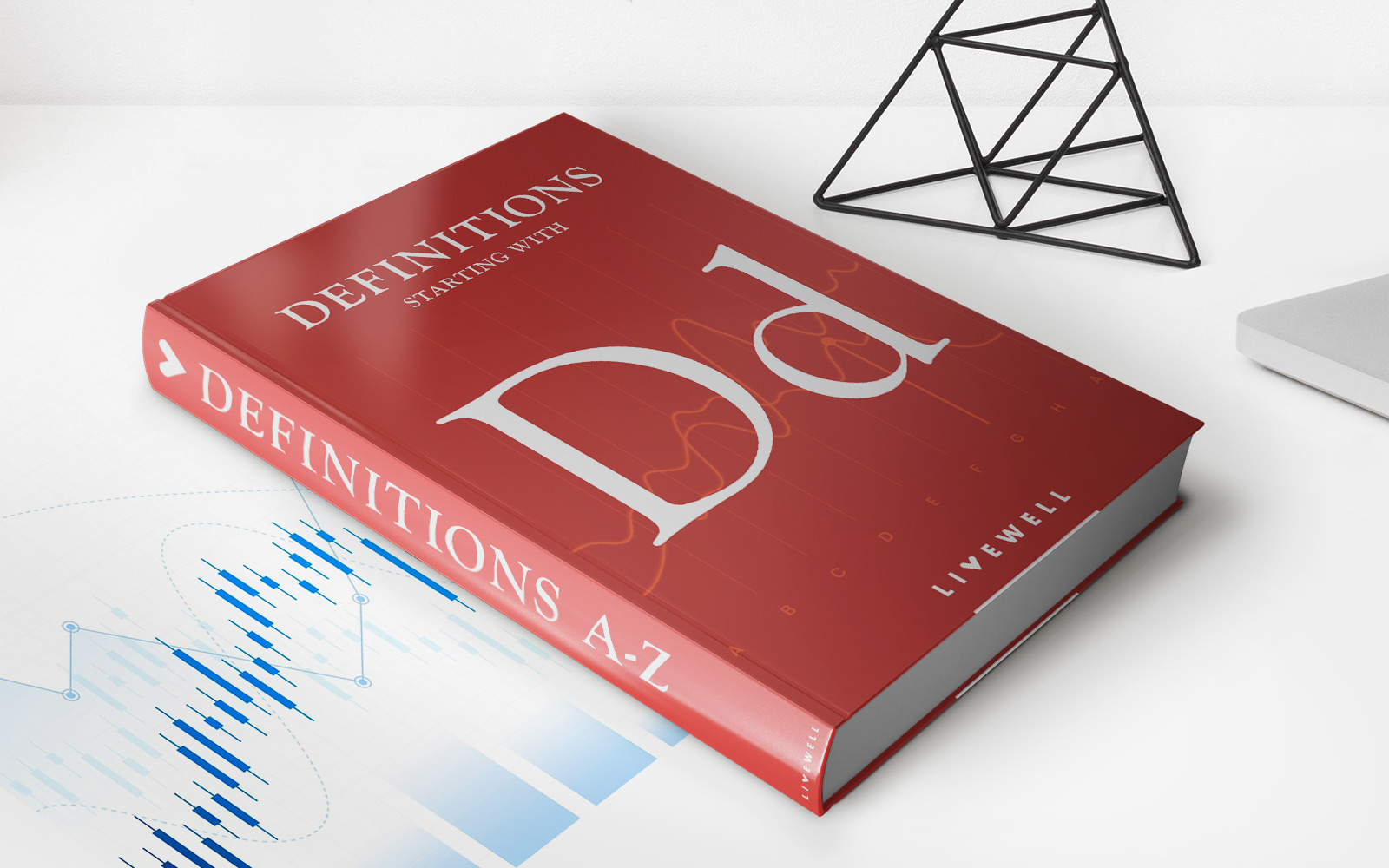Home>Finance>Hysteresis: Definition In Economics, Types, And Example
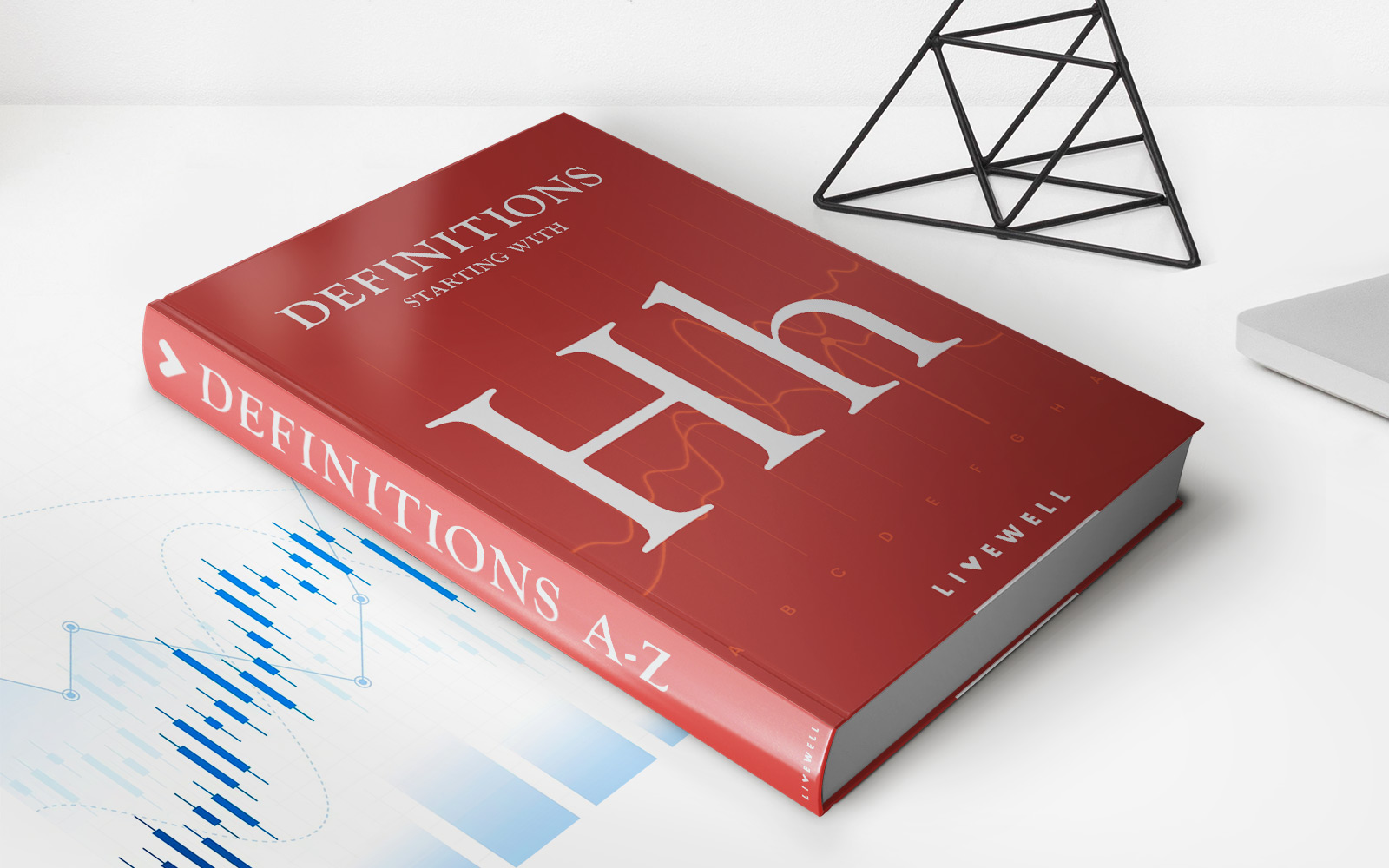

Finance
Hysteresis: Definition In Economics, Types, And Example
Published: December 6, 2023
Learn about hysteresis in finance, including its definition, types, and examples. Understand the impact of hysteresis on the economy and financial markets
(Many of the links in this article redirect to a specific reviewed product. Your purchase of these products through affiliate links helps to generate commission for LiveWell, at no extra cost. Learn more)
Understanding Hysteresis in Economics
Economics can sometimes feel like a complex and intimidating subject, filled with jargon and technical terms. One such term is hysteresis, which refers to a phenomenon where the effects of a past event or shock continue to persist long after the initial cause has disappeared. In this article, we will delve into the concept of hysteresis, discuss its types, and provide an example to help you understand this economic phenomenon.
Key Takeaways:
- Hysteresis refers to a situation where the effects of a past event or shock continue to persist, even after the initial cause has disappeared.
- There are two main types of hysteresis: price-wage and unemployment hysteresis.
Types of Hysteresis
Hysteresis can manifest in different forms in the field of economics. Two common types of hysteresis are:
- Price-Wage Hysteresis: This type of hysteresis suggests that wages and prices tend to have a sluggish response to changes in the overall economic conditions. It means that even after an economic shock or a change in the supply and demand dynamics, wages and prices may not adjust immediately or fully, leading to a persistent impact on the economy.
- Unemployment Hysteresis: Unemployment hysteresis occurs when the levels of unemployment in an economy continue to be influenced by past levels of unemployment. If there is a period of high unemployment, it can result in a long-term increase in the natural rate of unemployment, making it difficult to reduce unemployment levels even when economic conditions improve. This type of hysteresis suggests that temporary shocks can have long-lasting effects on the labor market.
These forms of hysteresis can have significant implications for policy-making and macroeconomic stability, as they suggest that economic shocks can have long-term consequences on the economy.
An Example of Hysteresis
Let’s consider a hypothetical scenario to illustrate hysteresis in action:
Imagine a country facing a severe economic recession. As a result of the recession, many businesses are forced to close down, leading to a substantial increase in unemployment. The unemployment rate reaches a peak, with many individuals unable to find work.
Now, let’s fast forward a few years. The recession has ended, and the overall economic conditions have improved. However, despite the recovery, the unemployment rate remains high. This is an example of unemployment hysteresis, where the past levels of unemployment continue to influence the current unemployment rate, even when conditions have improved.
The persistence of high unemployment can have detrimental effects on the overall health of the economy. It can lead to a decrease in consumer confidence and spending, lower tax revenues for the government, and increased social welfare payments.
By understanding hysteresis and its various forms, economists and policymakers can better anticipate and address the long-term implications of economic shocks, allowing for more effective measures to stimulate the economy and reduce unemployment rates.
Conclusion
Hysteresis is a fascinating concept in economics that highlights the lasting effects of past events on the current state of the economy. Whether it’s the sluggish adjustment of prices and wages or the persistence of high unemployment, hysteresis can have significant implications for economic stability and policy-making. By studying hysteresis, economists and policymakers can gain valuable insights into the dynamics of the economy and make informed decisions to foster growth and reduce the adverse effects of economic shocks.
